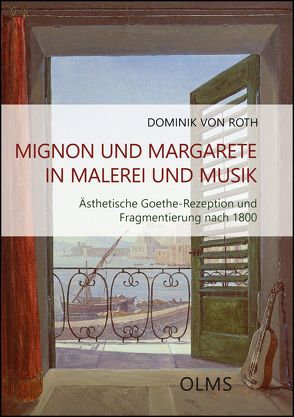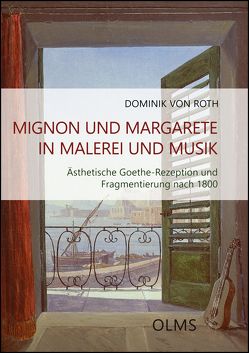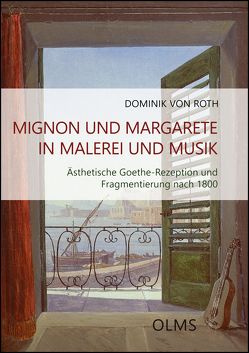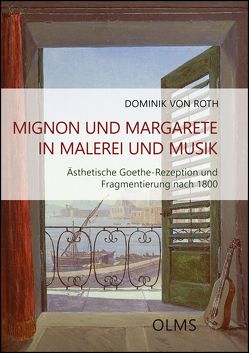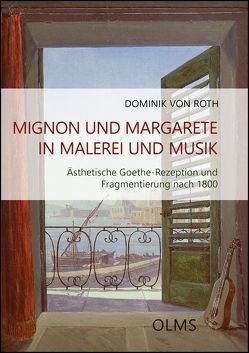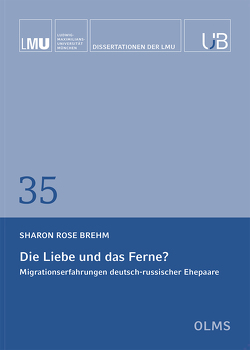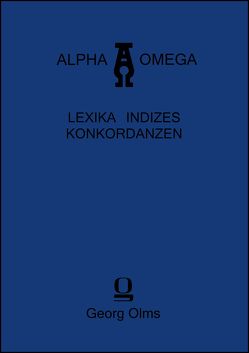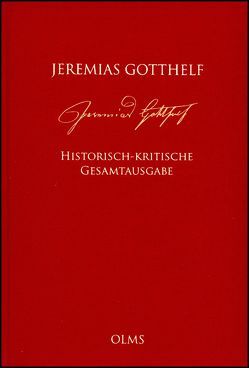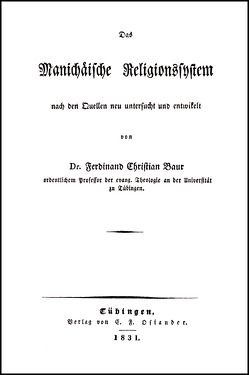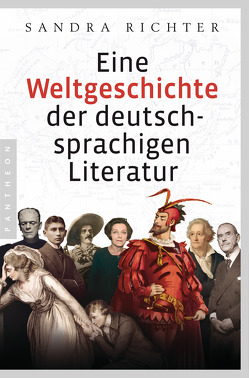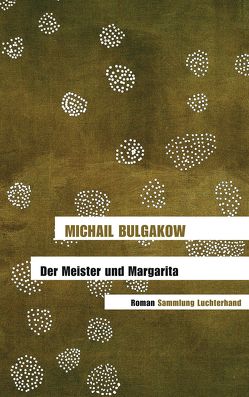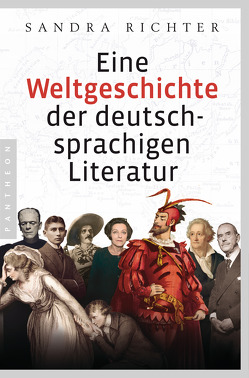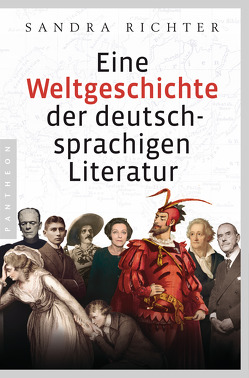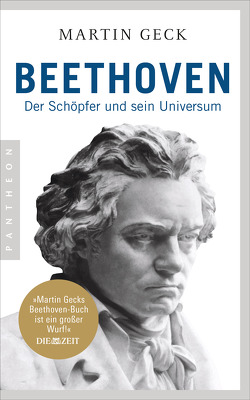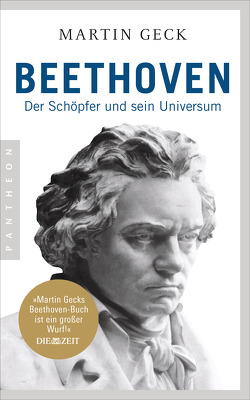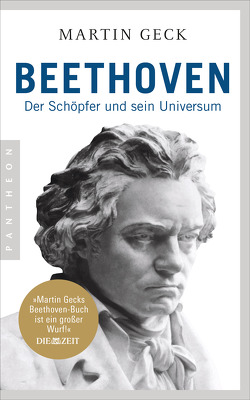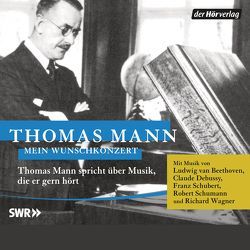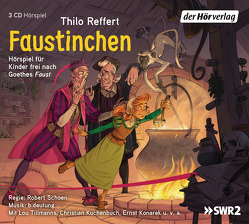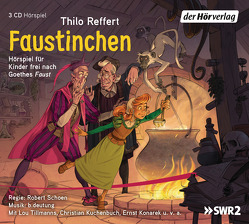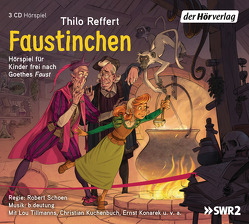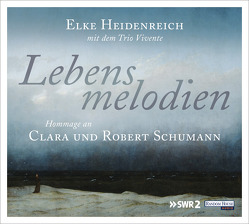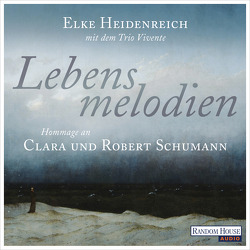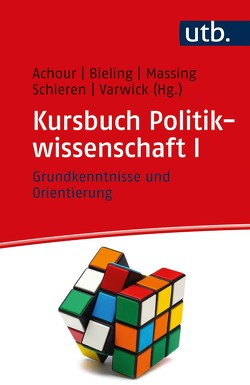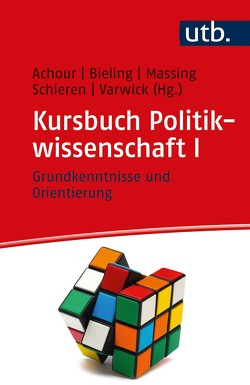Mignon und Margarete in Malerei und Musik
Ästhetische Goethe-Rezeption und Fragmentierung nach 1800.
Dominik von Roth
Johann Wolfgang Goethes „Wilhelm Meister“ und „Faust“ sind nicht erst seit dem 20. Jahrhundert Klassiker der deutschsprachigen Literaturgeschichte. Für viele Künstler und Komponisten des frühen 19. Jahrhunderts wurden die beiden weiblichen Figuren Mignon und Margarete Musen ihres eigenen Schaffens: Unzählige Zeichnungen, Gemälde und ein kaum mehr überschaubares Korpus von Liedvertonungen haben das ‚Bild‘ Mignons und Margaretes nachhaltig geprägt – und zuweilen bis heute auf stereotype Rollenbilder reduziert.
Anhand ausgewählter Bildwerke von Wilhelm von Schadow, Ferdinand Fellner und Ary Scheffer sowie Kompositionen von Carl Friedrich Zelter, Franz Schubert und Robert Schumann werden wirkungsästhetische Strukturen minutiös offengelegt. Untersucht werden das ästhetische Potential innerhalb des jeweils eigenen Mediums sowie das Vermögen von Bild und Musik, wieder auf den Text und dessen Lektüre zurückzuwirken.
Die Studie leistet einen wichtigen Beitrag, die eminente Bedeutung von Bild und Musik im Kontext der Rezeption um den literarischen Klassiker Goethe aus einem neuen Blickwinkel zu betrachten, der der wechselseitig sich durchdringenden Kunstproduktion um und nach 1800 gerechter wird, als es monodisziplinäre Sichtweisen vermögen.****************Goethe’s „Wilhelm Meister“ and „Faust“ have been classics of German literature since long before the 20th century. For many early 19th-century artists and composers the two female characters of Mignon and Margarete were muses for their own works: innumerable drawings and paintings, and an almost unmanageable corpus of song settings have had an enduring influence on the ‘image’ of Mignon and Margarete – and at times have reduced them to stereotypes.
Based on selected visual works by Wilhelm von Schadow, Ferdinand Fellner and Ary Scheffer, and compositions by Carl Friedrich Zelter, Franz Schubert and Robert Schumann, the structures of aesthetic effects are revealed in minute detail. The aesthetic potential within each medium is examined, together with the potential of image and music to retroactively affect the text and its reading.
The study is an important contribution to the examination from a new perspective of the outstanding significance of image and music in the context of the reception of Goethe as a literary classic. This perspective does more justice than monodisciplinary approaches to the mutual interrelations within artistic production around and after 1800.
